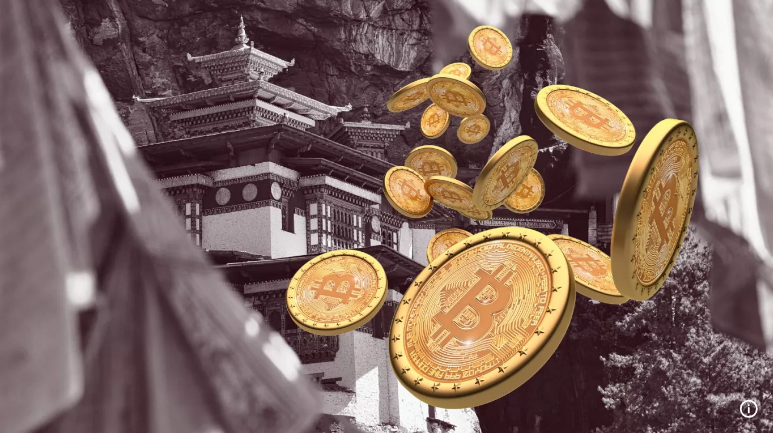Bhutan’s government is pushing hard to open its doors to investors and new industries. It wants more than just its famous Gross National Happiness score. It plans to use its clean energy and special economic zones to bring jobs home. But many challenges lie ahead.
Bhutan Faces Brain Drain
According to recent figures, about 13,500 Bhutanese—1.6% of the country’s less than 800,000 people—moved to Australia in 2023. That kind of outflow shows young talent is chasing bigger markets. It leaves Bhutan short on skilled workers at a time when it needs fresh ideas and start‐up energy. Geography doesn’t help. Being landlocked between India and China means transporting goods and building infrastructure costs more and takes longer.
Hydropower Drives New Plans
Bhutan’s main export is electricity from rivers. It has 2.5 gigawatts of hydropower now and another 3 GW under construction. Cheap and clean, this power could fuel factories, server farms or green-tech trials. Based on reports from Druk Holdings and Investments (DHI), the country’s sovereign wealth fund, these sites could let firms test pump-storage systems or hydrogen production in real conditions. Quick pilots in Bhutan might then be rolled out regionally.
Bitcoin Mining Growth
Based on a report by Fortune, Bitcoin mining is one of the more unusual bets. Bhutan started mining crypto in 2019 when a Bitcoin cost just under $10,000. As of May 7, 2025, each coin is worth about $97,400. According to DHI, relying on hydropower makes this mining low-carbon, and profits boost the fund’s $3 billion portfolio. But crypto prices swing hard. One big drop could wipe out gains. Still, DHI calls Bitcoin “digital gold” and says it’s part of a mixed approach.
Gelephu Mindfulness City
Based on planning documents, Gelephu Mindfulness City will cover about 2,500 square kilometers near the Indian border. This special zone aims to link Bhutan with South and Southeast Asia, offering space for health clinics, tech startups and green-energy firms. It’s billed as a place where work and well-being meet. Roads, digital lines and homes all need to be built from scratch. That will take cash and many years before hotels or offices fill up.
Bhutan’s GNH index rose from 0.743 in 2010 to 0.781 in 2022. Over the same span, GDP per person grew from $2,435 to $3,711, though it dipped sharply in 2020 during the pandemic. Tourism is still recovering: 145,000 visitors came last year, down from 315,599 in 2019 under the “high-value, low-impact” model that caps arrivals to protect mountain roads and forests.
DHI looks to Singapore’s Temasek as a governance example. Temasek manages about $300 billion and owns stakes in big names like Singapore Airlines. By contrast, DHI holds shares in 24 Bhutanese firms, including Bhutan Telecom and Bank of Bhutan. Executives say size is not the key. What matters is moving fast, staying lean and turning green energy into growth.
Bhutan’s plan is bold. It blends traditional values with a shot at tech and finance. If young people see real jobs at home, some may stay. If pilot projects succeed, small-scale could grow big. But any misstep in hydropower, crypto or city building risks stretching Bhutan’s limited resources. For now, investors and citizens alike will be watching closely.
Featured image from Unsplash, chart from TradingView
